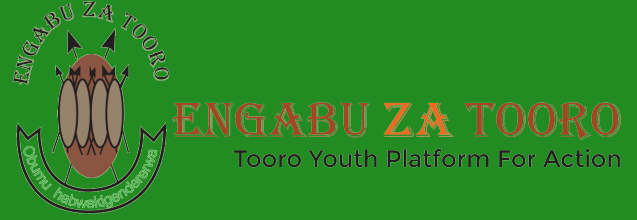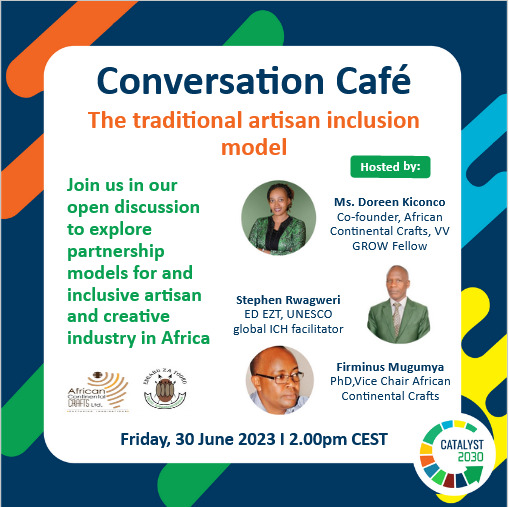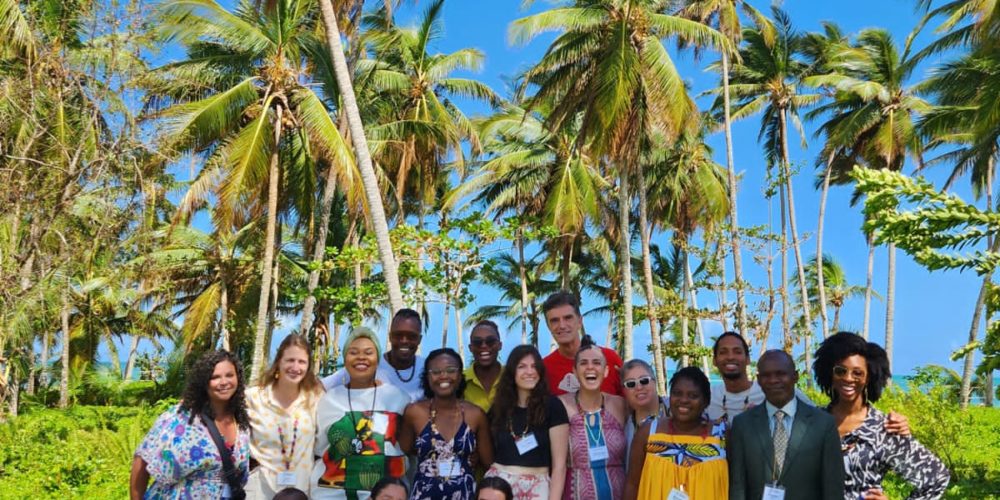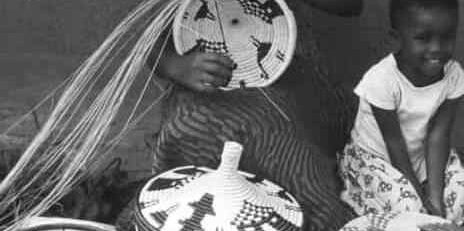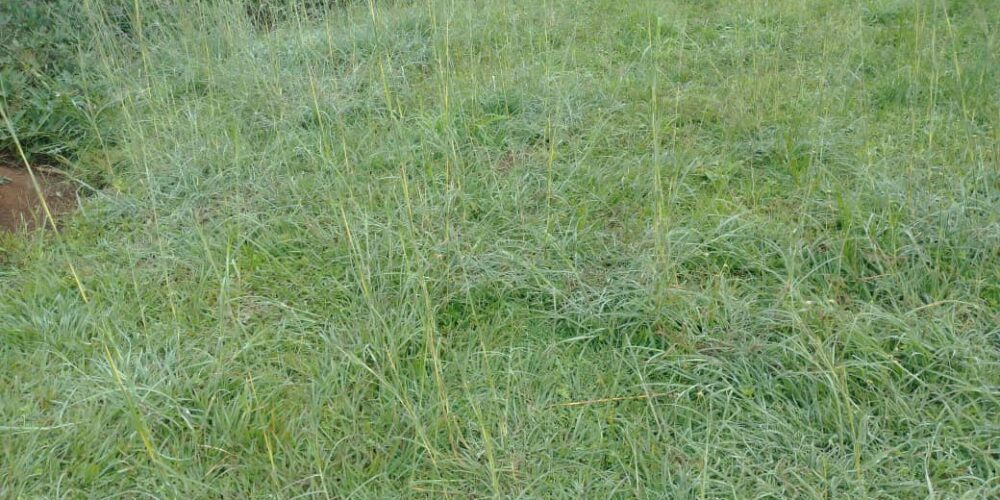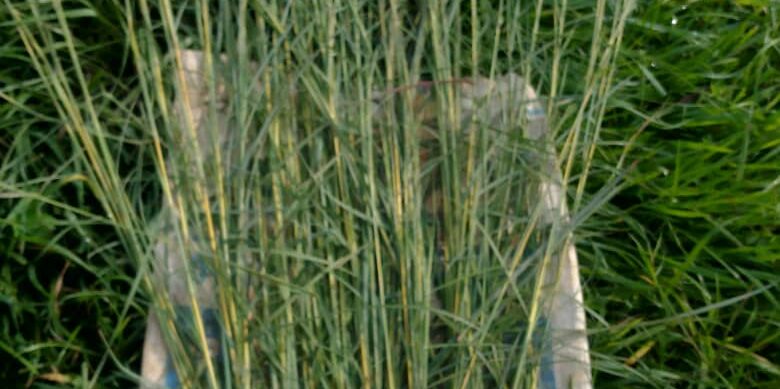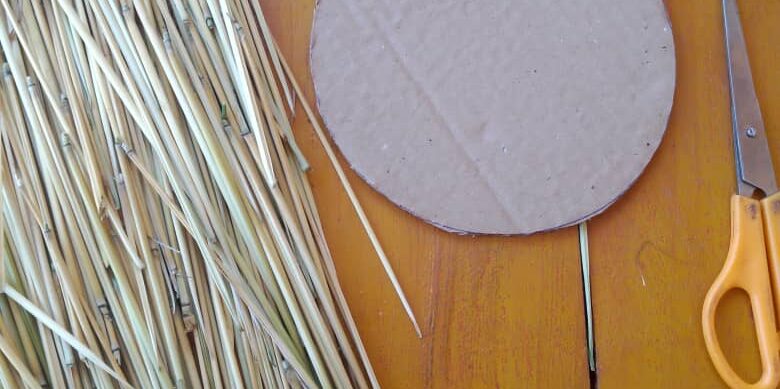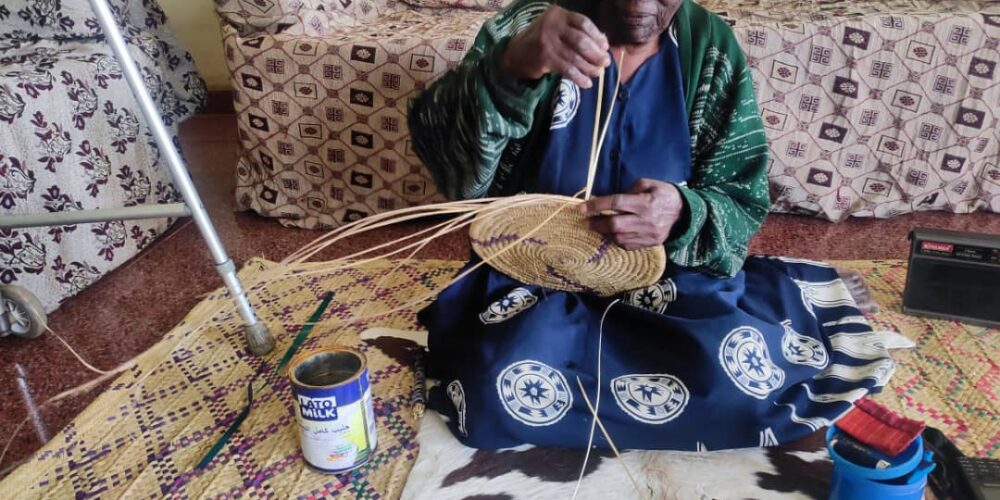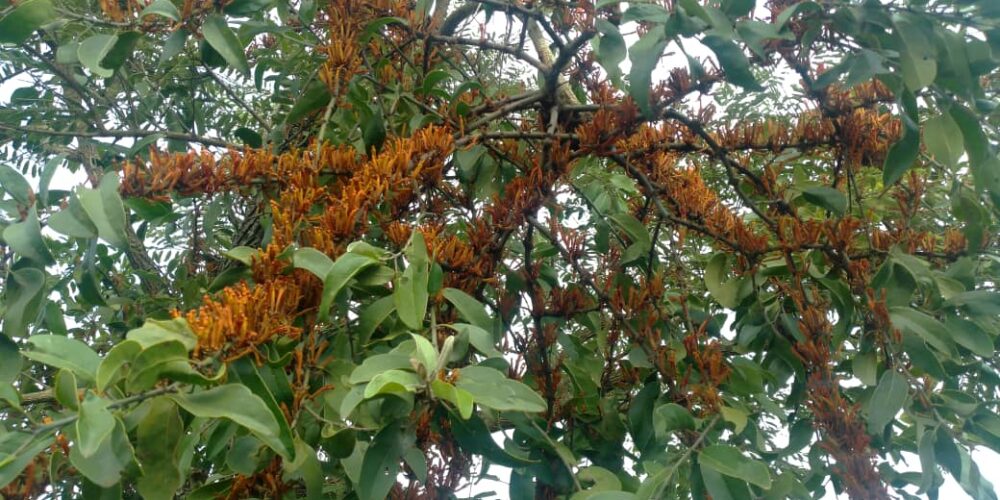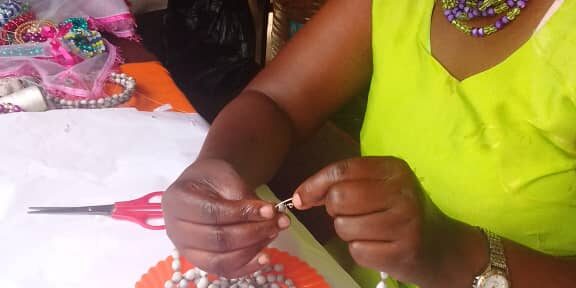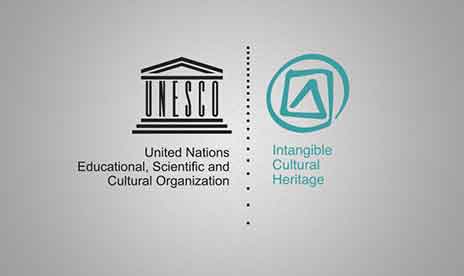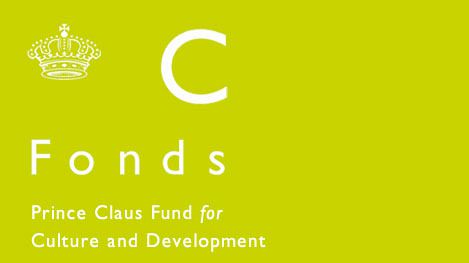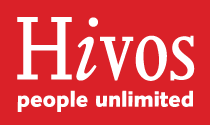Engabu Za Tooro results
- Practitioners reached
- Cultural enterprises established
- Cultural communities served
- Countries reached
Programmes Direction
Vision statement
Developed cultural resources and creative potentials in youth and women, driving market inclusion, welfare and climate resilience in Africa
Mission statement
Reclaiming and developing endangered cultural resources and creative potentials in underserved youth and women for poverty reduction and climate resilience in Africa
Objectives
- Developing the capacity of marginalized and market excluded youth and women artisans in Africa for product development, market access and industry inclusion.
- Reproducing and repackaging traditional heritage materials and knowledge to enhance their cultural viability and avail them as consumable products and services for incomes of less resourced youth and women who rely on them for livelihood and expression
- Adapting cultural resources and creativity to enhancement of integration of climate resilience practices into livelihood and lifestyles of grassroots youth and women in Africa.
- Developing the talent based initiatives of the youth in underserved contexts for market access, job creation and improved livelihoods.
Program areas
- Capacity support to women crafting for livelihood
- Capacity support to youth talent based enterprises
- Cultural heritage preservation and livelihood
- Conservation of bio-cultural diversity
Program goals
-
- Developing the capacity of marginalized traditional women artisans in remote areas and disadvantaged communities to innovate craft designs, develop viable women led craft enterprises and adopt export and digital marketing for job creation and improved source of livelihood.
- Development of talent based enterprises of vulnerable youth in the context of remote areas and disadvantaged communities for creation of jobs and sources of livelihood
- Reproducing and re-packaging traditional heritage and cultural materials to enhance their cultural viability and avail them as consumable products and services in modern education, research, entertainment, information and tourism industries for less empowered communities who predominantly rely on them for expression and source of livelihood.
- Developing and promoting diversity of cultural and artistic expression for enhanced inclusion of the less empowered individuals, groups and communities.
-
Leveraging the power of cultural heritage to deepen stewardship and integrate conservation practice in lifestyle and livelihood of indigenous and local communities.
